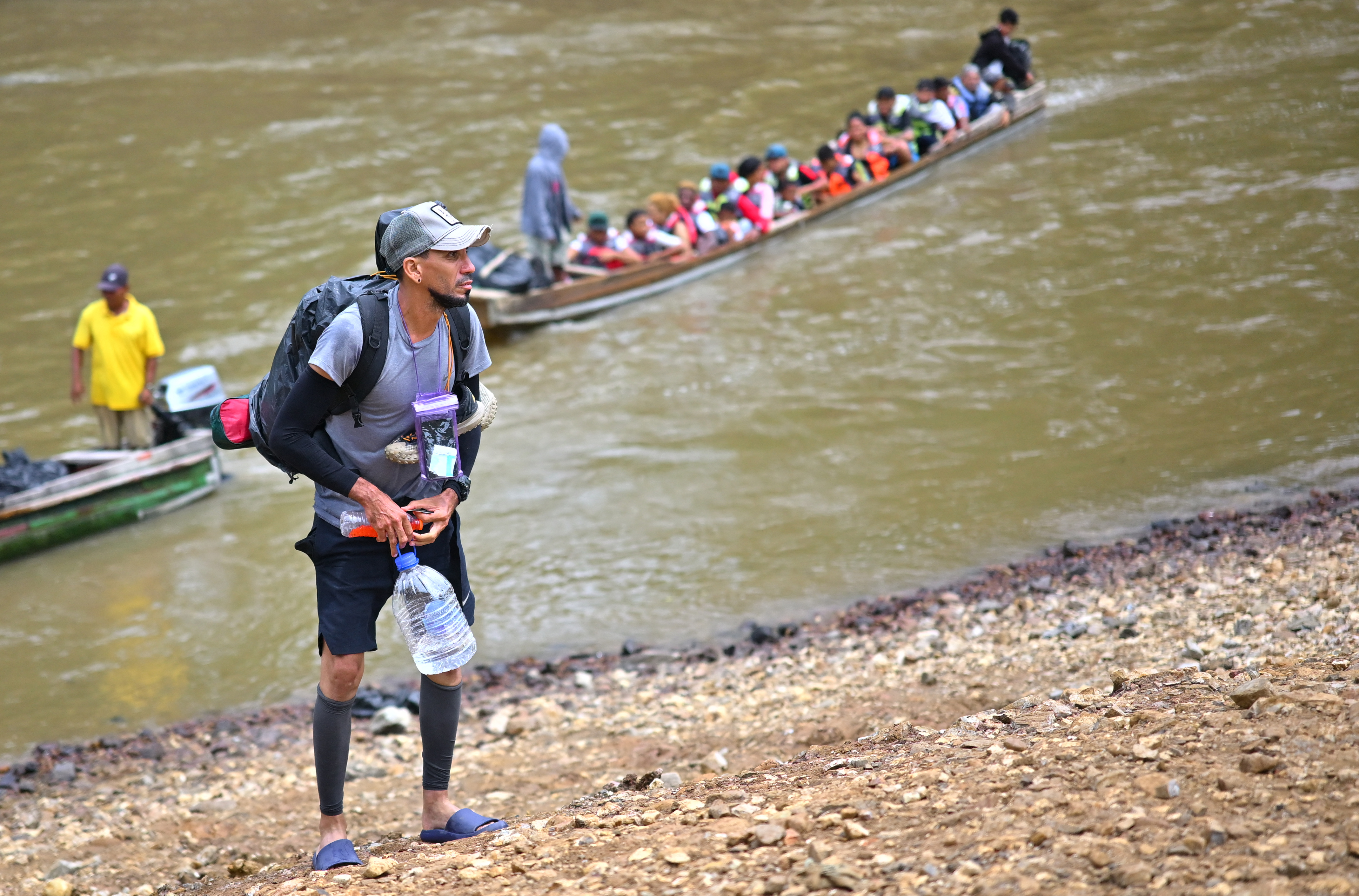
METETI, Panama - Migrant crossings through the treacherous Darien Gap that connects Panama to Colombia are down by over a third in the year's first nine months, a Panamanian border official said on Thursday, crediting heightened security by the new government.
Between January and Sept. 25, 259,712 migrants arrived in Panama through the Darien, a 35 percent decrease compared with the same period in 2023, Alexis de Gracia, head of the National Border Service's eastern brigade, said, citing official data.
Panamanian authorities attribute the drop to stricter security measures implemented by the government of President Jose Raul Mulino since he took office on July 1.
ALSO READ: Panama deports Ecuadorean migrants in second US-backed flight
The new government's efforts include the closing of some routes through the jungle passage and increasing deportations with US support.
The data also come nearly four months after US President Joe Biden instituted a broad asylum ban on migrants caught illegally crossing the US-Mexico border.
Panama has become a transit route for hundreds of thousands of migrants, most of them seeking to reach the United States. Last year, a record 520,000 migrants - most of them Venezuelans - crossed the Darien in search of better opportunities in the north.
In July, Mulino's first month in office, 20,519 migrants crossed the Darien, down 34 percent from June and less than half of the number of migrants who crossed in the same month last year.
READ MORE: Panama to start deporting migrants from Darien Gap within months
In August there were 19 percent fewer crossings compared with the previous month and five times fewer compared with the same month in 2023, according to official data.
Some analysts are skeptical the government's measures will succeed in the medium term without addressing the root causes of migration, while some also fear the measures could make travel even more dangerous for migrants.
Further, "there is the possibility that they use other routes," De Gracia said, and the government's measures could have pushed migrants to use routes from Colombia through the Caribbean in lieu of the Darien Gap.


